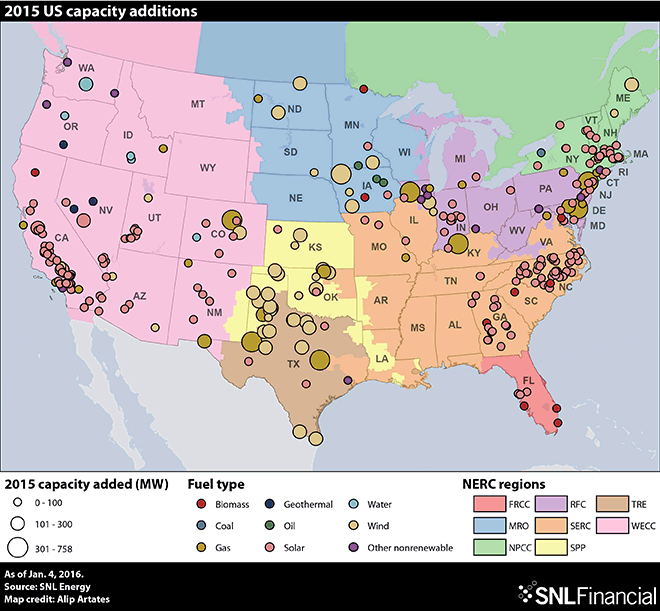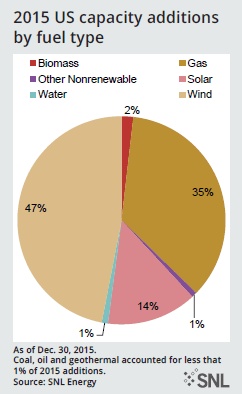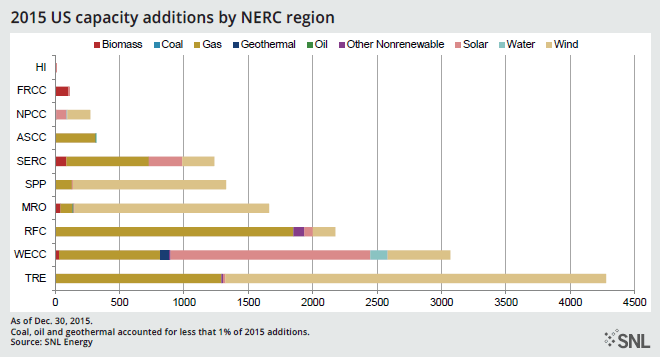China installs 30.5 GW of wind in 2015
Submitted by Pramod Jain on Mon, 01/18/2016 - 18:47The total installed wind capacity in China jumped to 145 GW in 2015, with new installations of 30.5 GW. See http://www.windpowermonthly.com/article/1379739/china-capacity-grows-145...
The spurt came as the FiT of wind is scheduled to be reduced in 2016. For FiT in China see http://www.windpowermonthly.com/article/1378719/china-reduces-fits-two-y....
Goldwind led the Chinese manufacturers in terms of domestic deployment, with 7 GW of installations.






